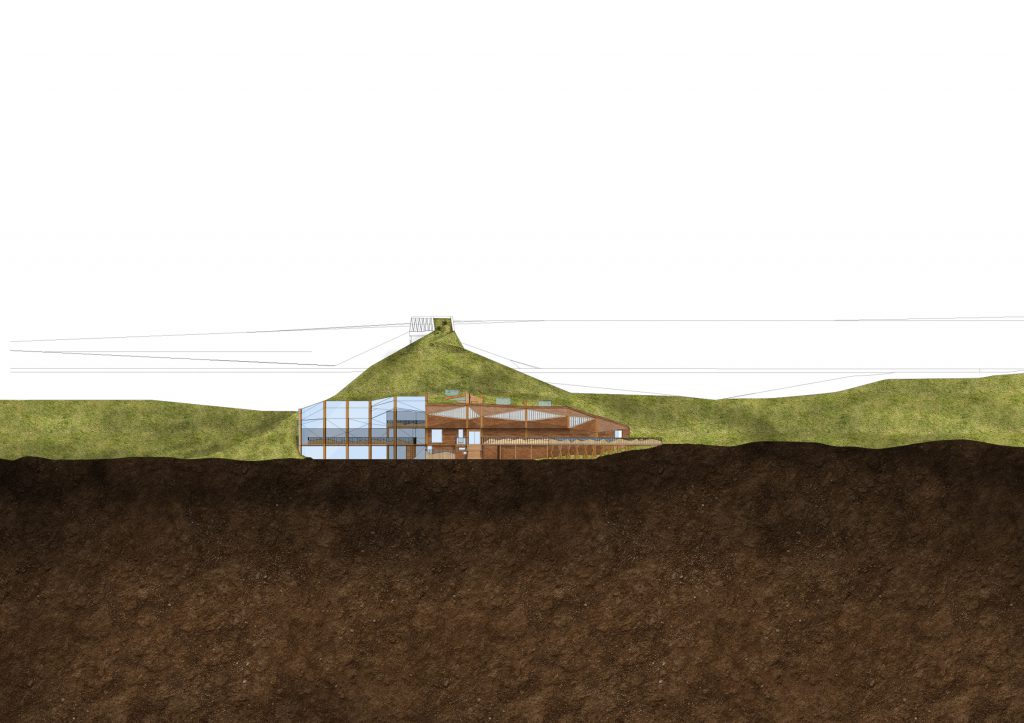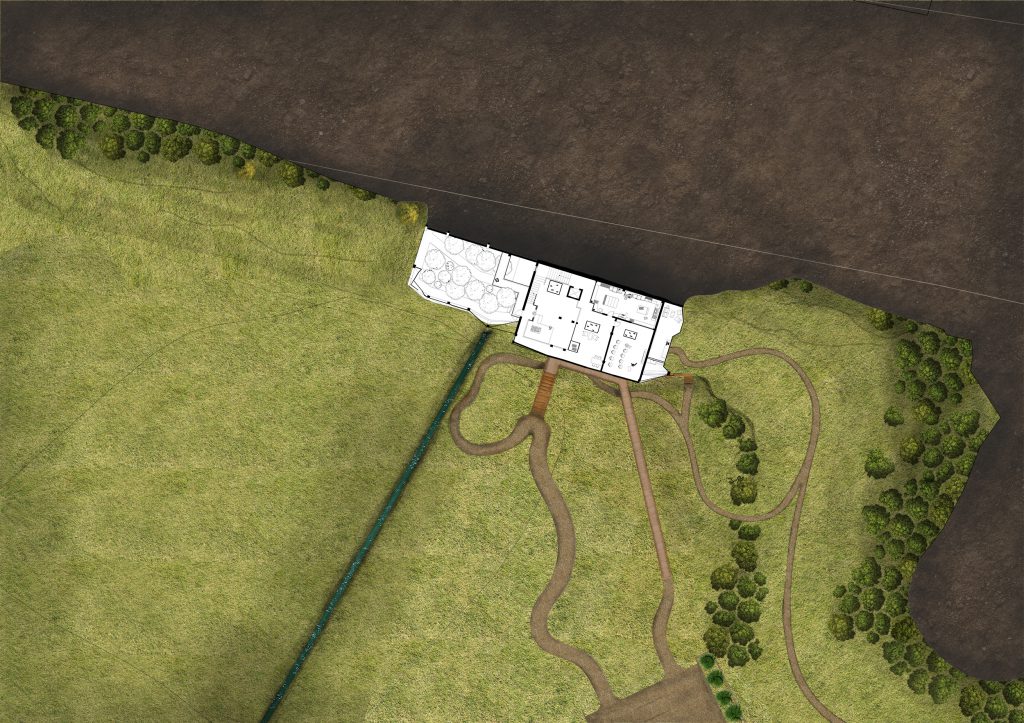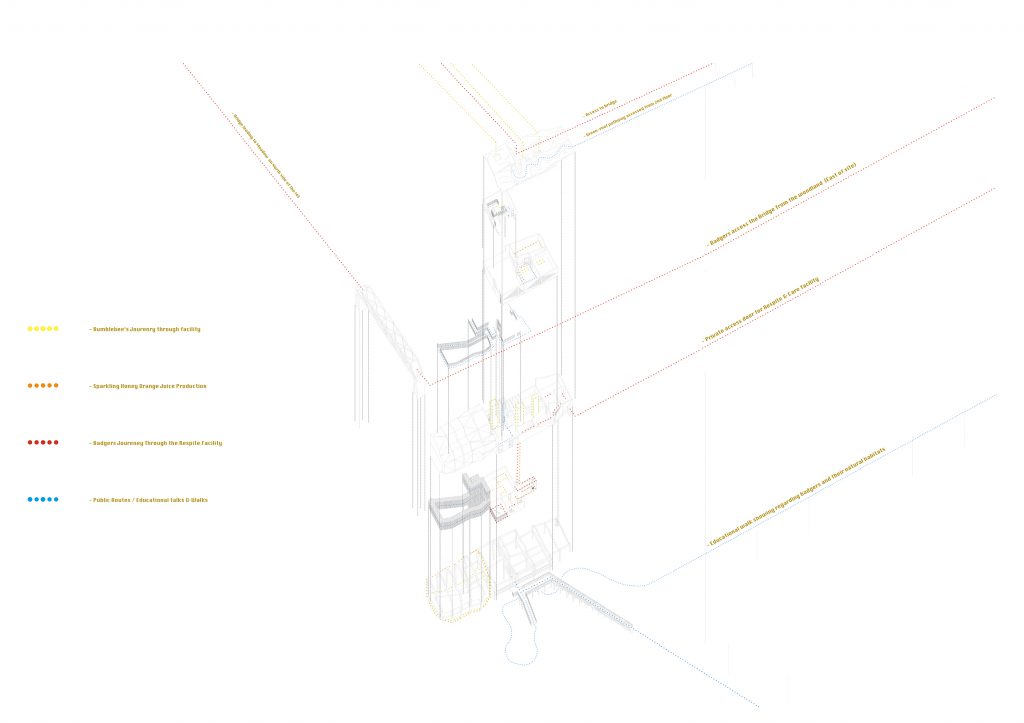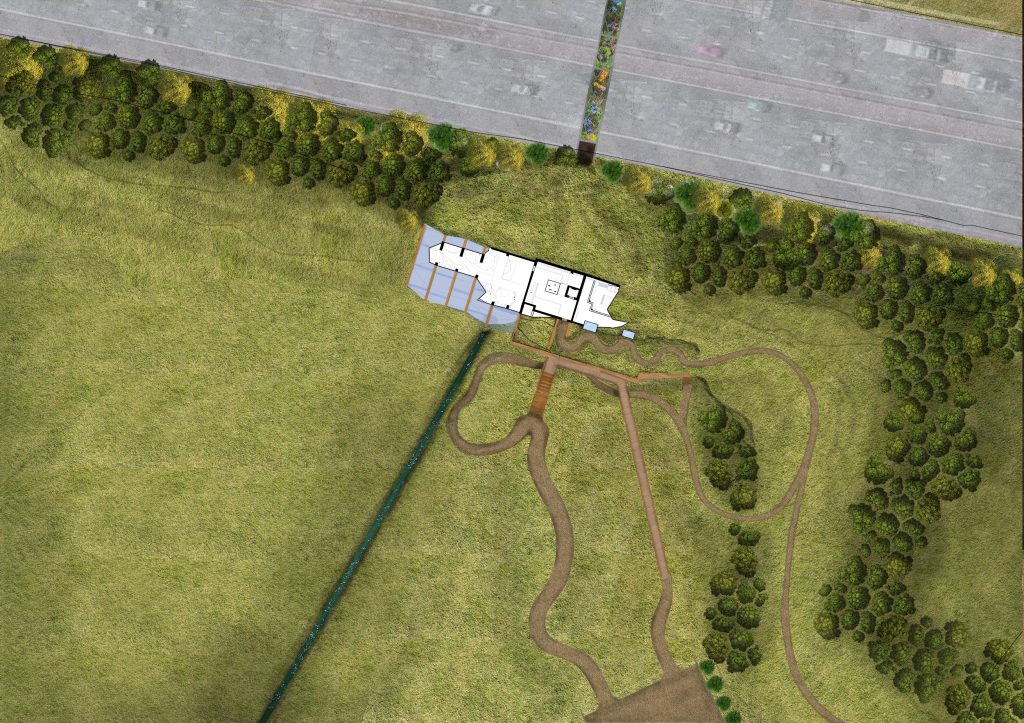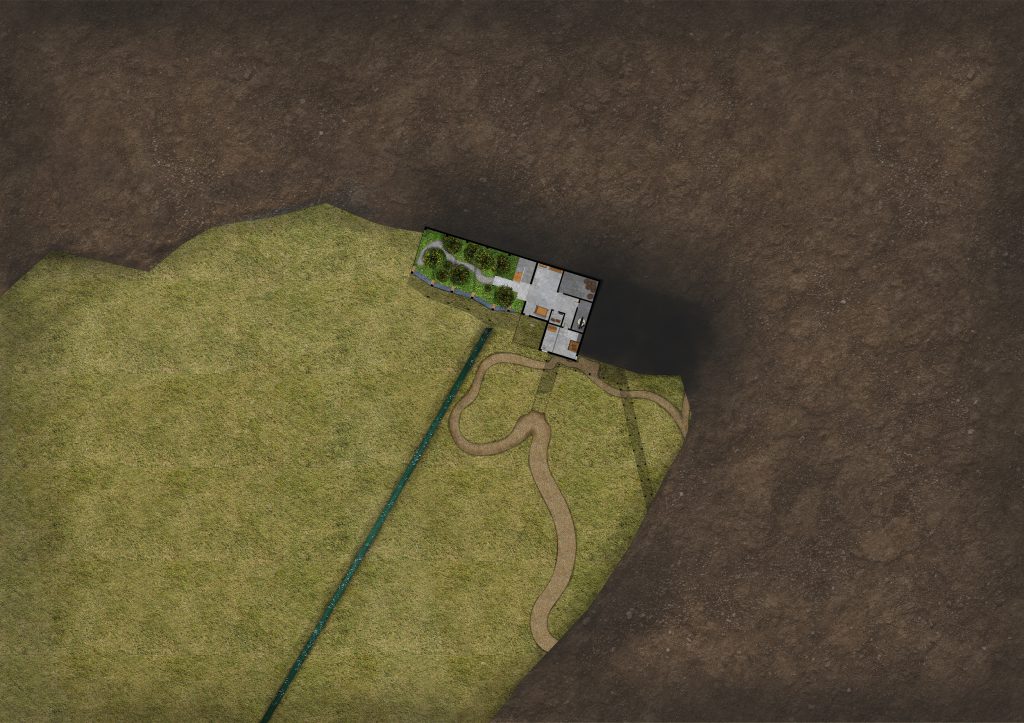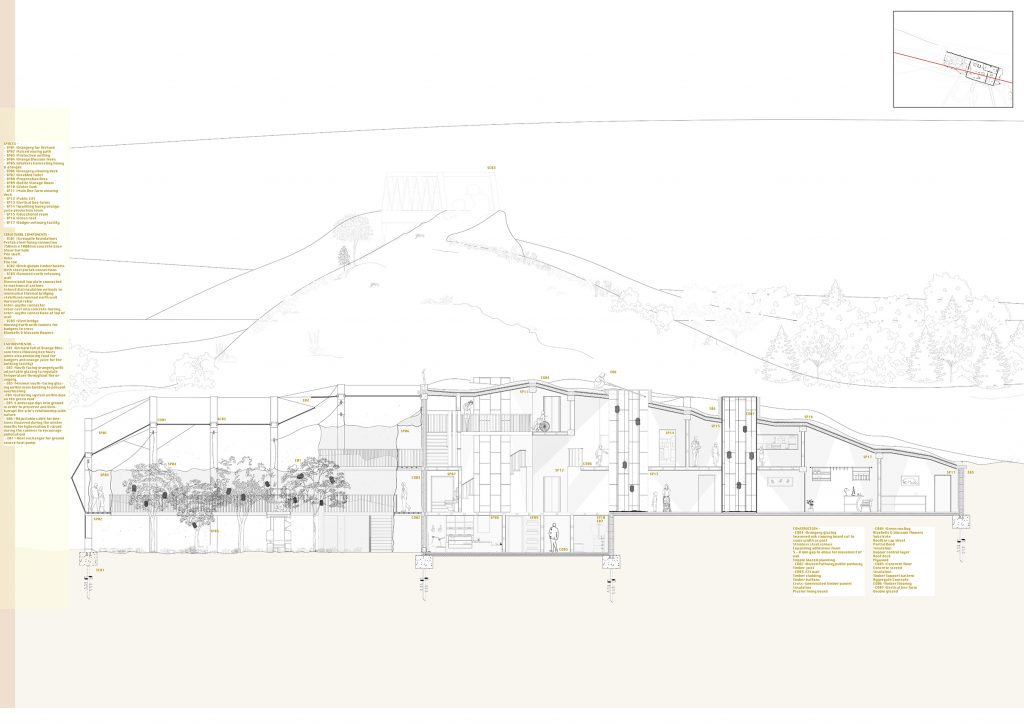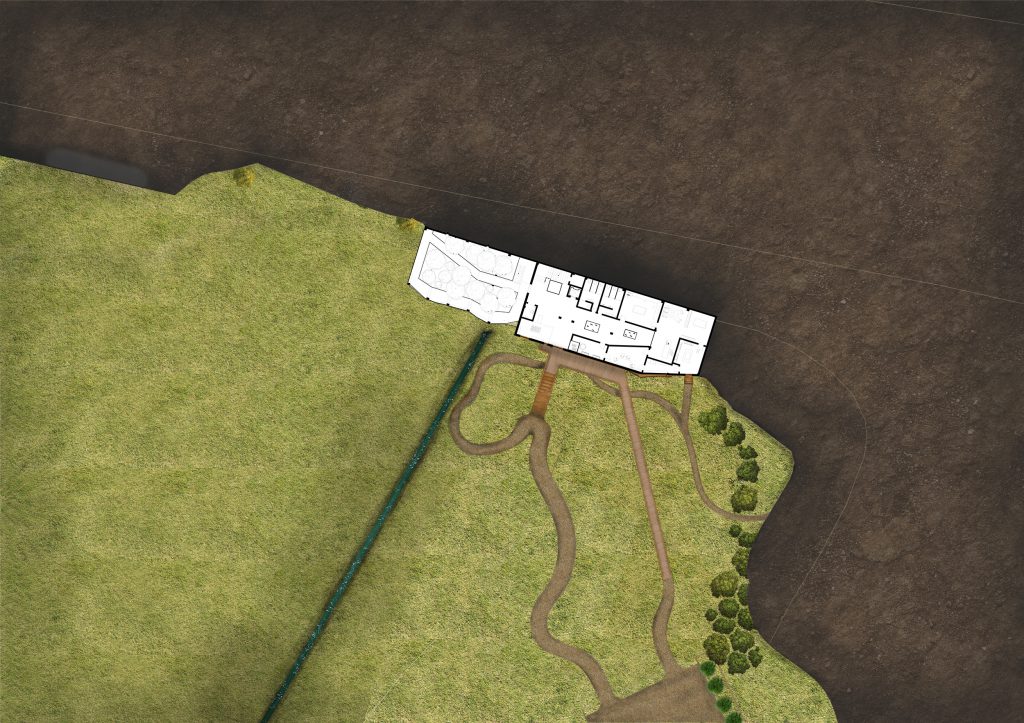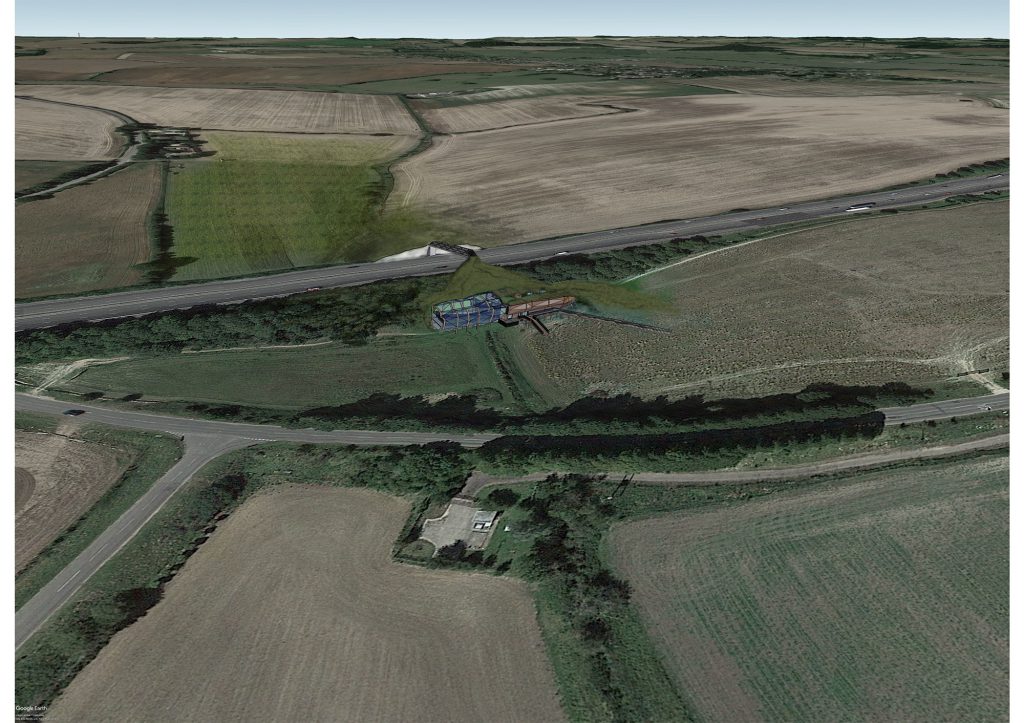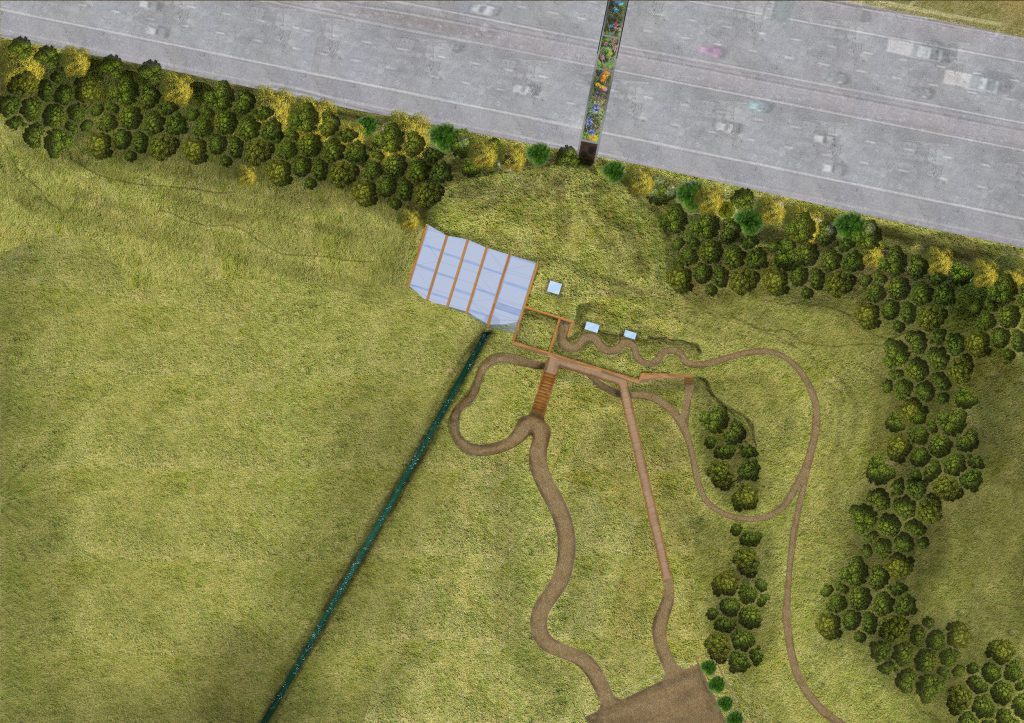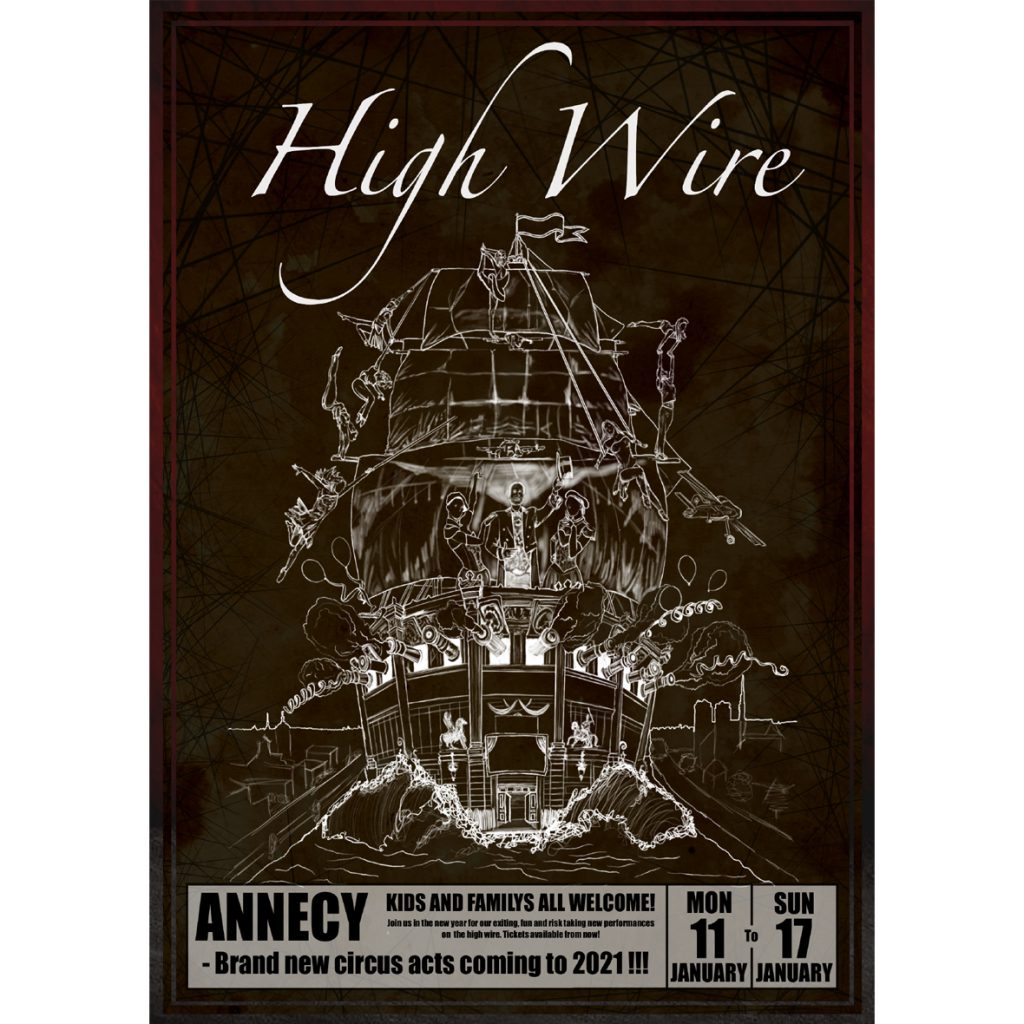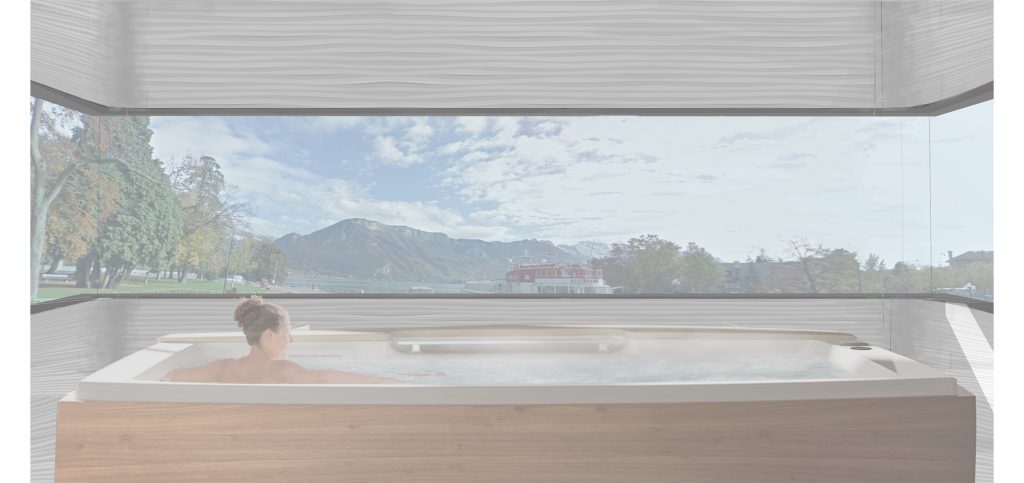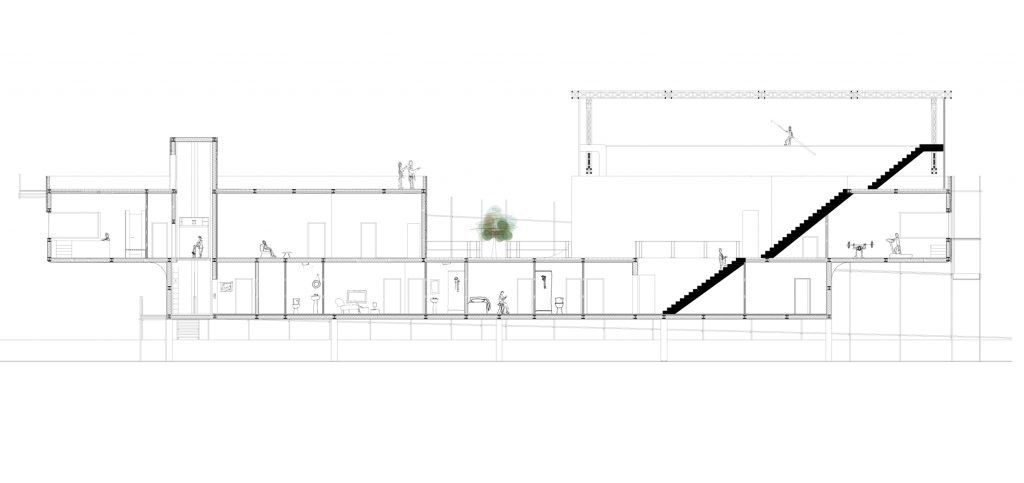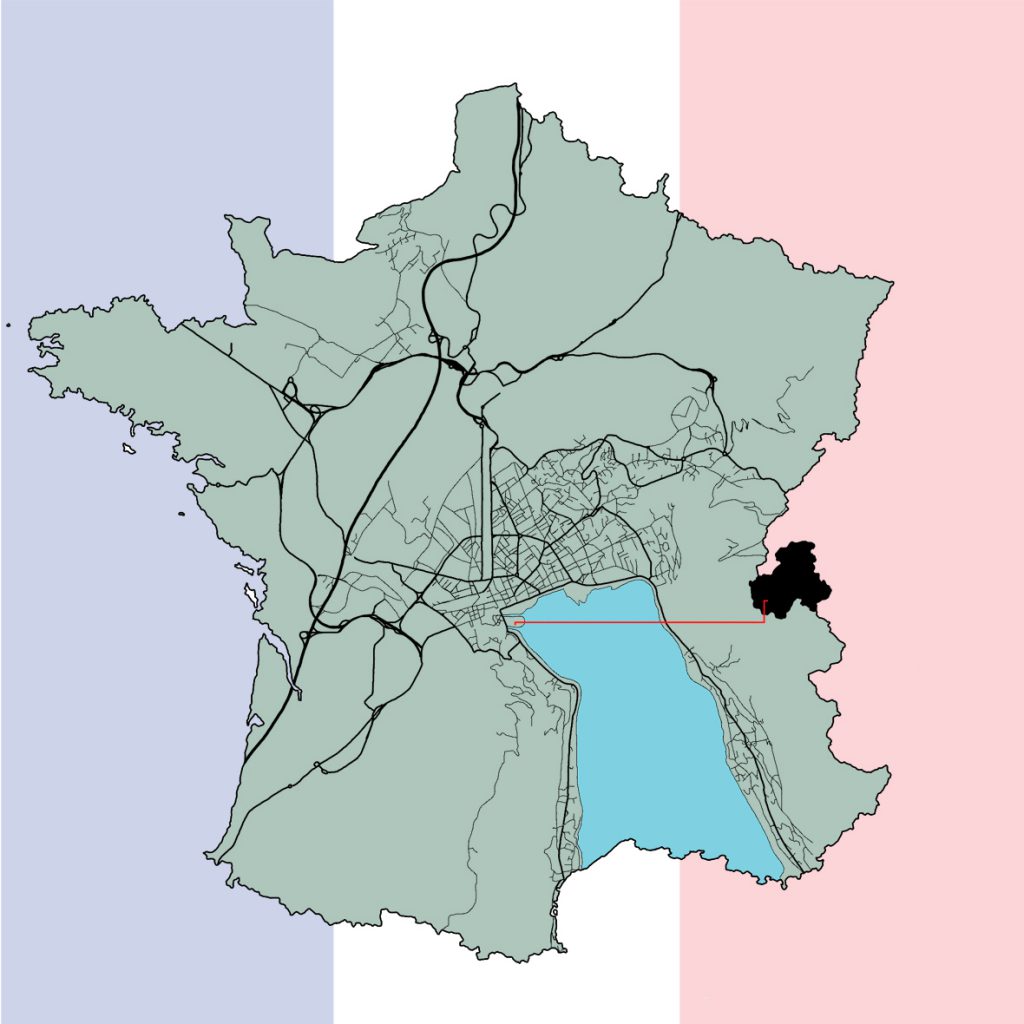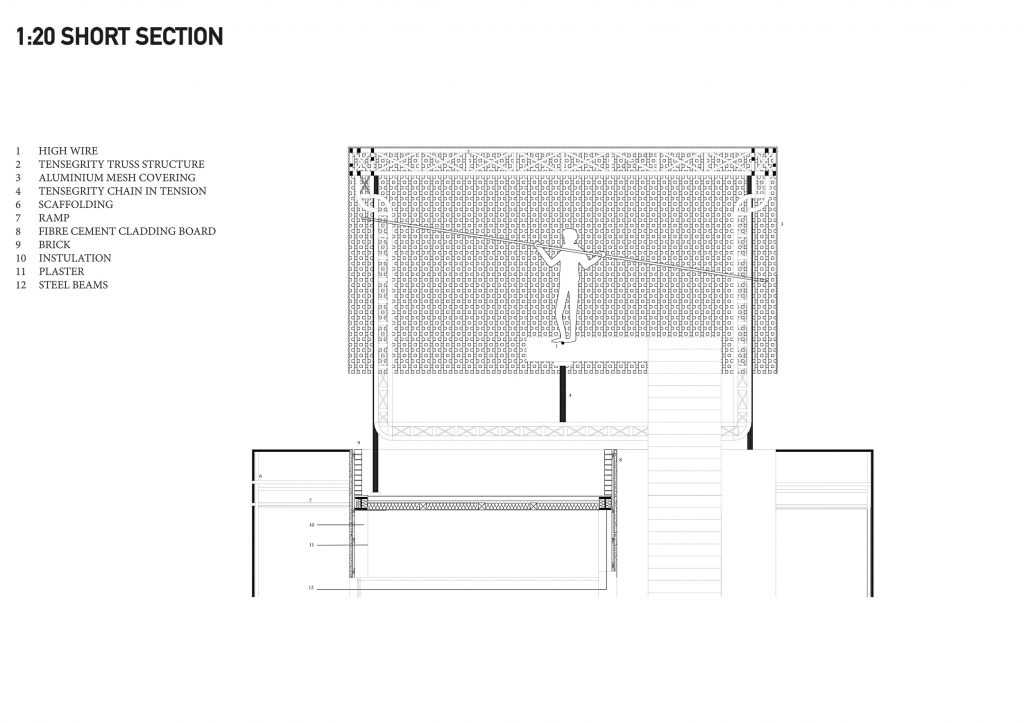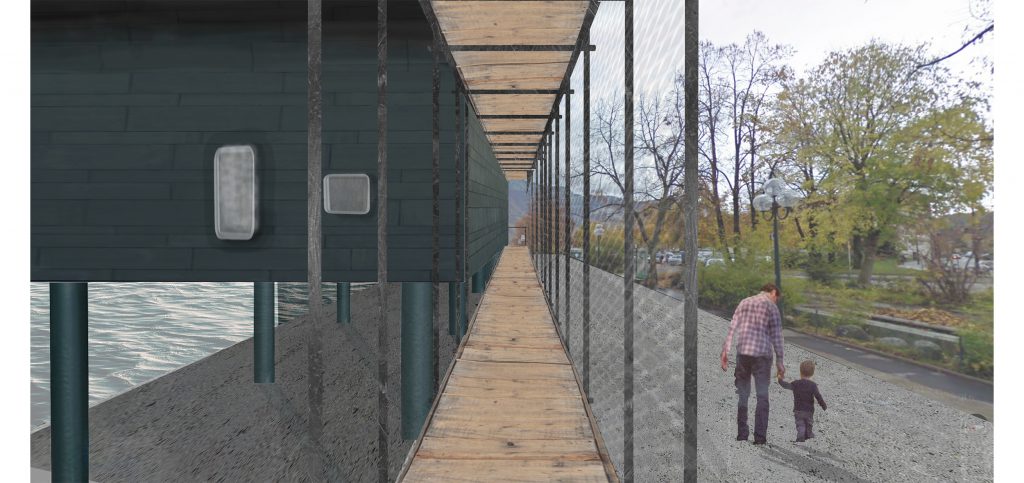Kaylem Alavi
The HUB
This project will inhabit the existing wildlife and specifically enhance the population of honey bees which in our current climate, are unfortunately decreasing. A variety of hives will be found all across the facility, engineered to aid the performance for bees to help them thrive within their local ecosystem. The site, North Slesmore, contains an existing bridal bridge, of which, being inadequate for local species. A sloping roof merges from the landscape on the east of the site to form a bridge tailored specifically to the pre-existing wildlife to safely cross the M4
The project will also contain a thriving tropical orchard of which will aid the reproduction of the honeybees, as well as, the production of a sparkling honey-orange juice bottling facility. Another facility will be for respite and care, this will focus on badgers that may have been injured in their nearby habitat, some injuries may be treated using the honey from the bees, they may then rest in the indoor and outdoor badger recovery areas.
Some of the facilities will be made accessible with meeting rooms due to the history and community involved with the breeding of honeybees, along with local educational interest groups helping engage with the project. This will include talks about the center along with tours and interactive activities.
This project will inhabit the existing wildlife and specifically enhance the population of honey bees which in our current climate, are unfortunately decreasing. A variety of hives will be found all across the facility, engineered to aid the performance for bees to help them thrive within their local ecosystem. The site, North Slesmore, contains an existing bridal bridge, of which, being inadequate for local species. A sloping roof merges from the landscape on the east of the site to form a bridge tailored specifically to the pre-existing wildlife to safely cross the M4
The project will also contain a thriving tropical orchard of which will aid the reproduction of the honeybees, as well as, the production of a sparkling honey-orange juice bottling facility. Another facility will be for respite and care, this will focus on badgers that may have been injured in their nearby habitat, some injuries may be treated using the honey from the bees, they may then rest in the indoor and outdoor badger recovery areas.
Some of the facilities will be made accessible with meeting rooms due to the history and community involved with the breeding of honeybees, along with local educational interest groups helping engage with the project. This will include talks about the center along with tours and interactive activities.
HAUT FIL AU CIRQUEHAUT CIRQUE
The Cirque d’Hiver came into being on 11th December 1852 thanks to the Duke of Morny (half-brother of Prince Louis-Napoléon), who was granted building permission, and Jacques Hittorf, his architect. A few years later, on 12th November 1859, the circus was brought to life by the ‘flying trapeze’, an act invented by Léotard, known as the ‘flying performer’, from Toulouse.
The project was based around a circus within France by the name of Cirque D’Hiver Bouglione The high wire act will perform on a barge in Annecy, South France, and will last for approximately 30 minutes. The act contains 2 circus members and will involve them performing on each other and balancing etc. The time of day of which this will be performed will be late afternoon (3 pm-6 pm). The temporary building will contain a spa and gym, open to the public and people who wish to view the acts while training from a distance.
The Cirque d’Hiver came into being on 11th December 1852 thanks to the Duke of Morny (half-brother of Prince Louis-Napoléon), who was granted building permission, and Jacques Hittorf, his architect. A few years later, on 12th November 1859, the circus was brought to life by the ‘flying trapeze’, an act invented by Léotard, known as the ‘flying performer’, from Toulouse.
The project was based around a circus within France by the name of Cirque D’Hiver Bouglione The high wire act will perform on a barge in Annecy, South France, and will last for approximately 30 minutes. The act contains 2 circus members and will involve them performing on each other and balancing etc. The time of day of which this will be performed will be late afternoon (3 pm-6 pm). The temporary building will contain a spa and gym, open to the public and people who wish to view the acts while training from a distance.


